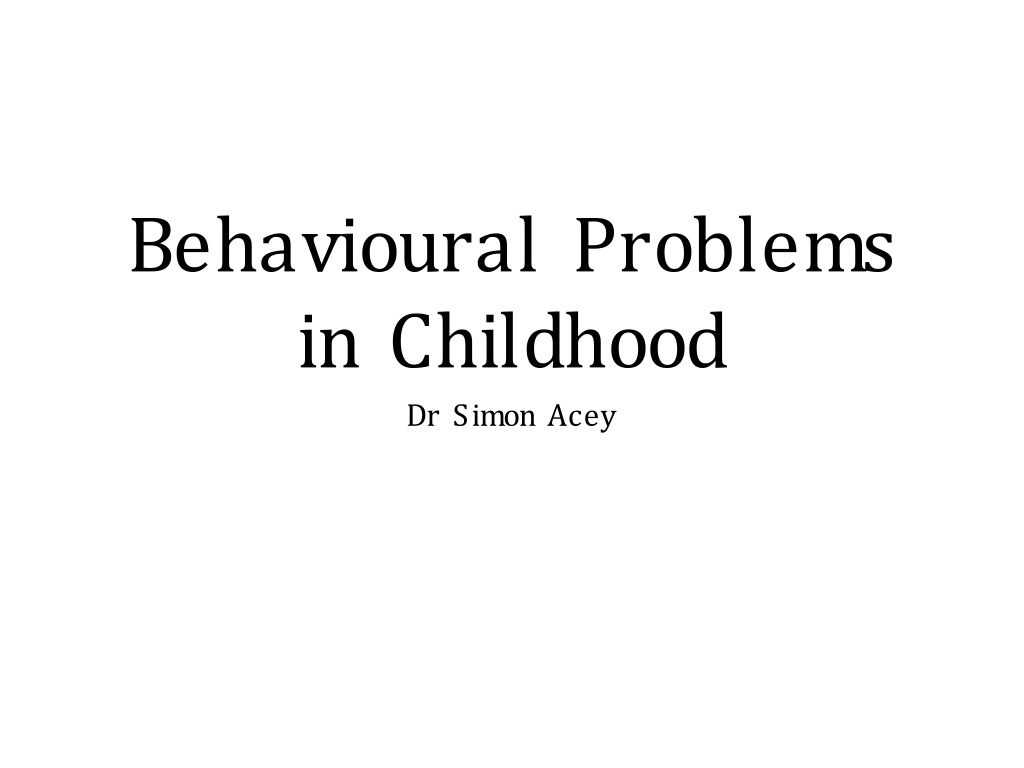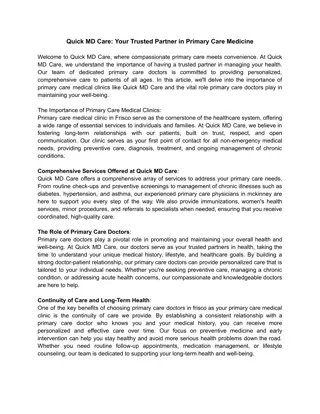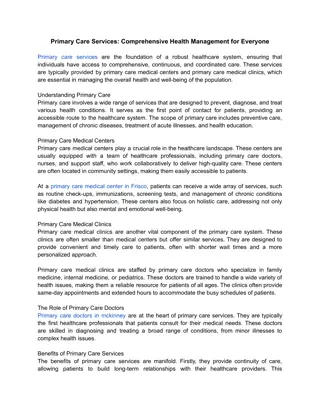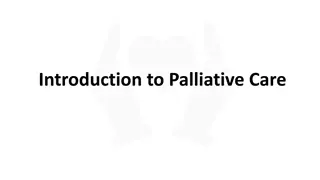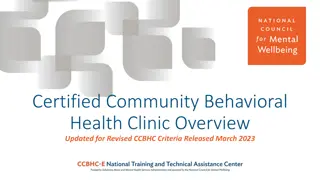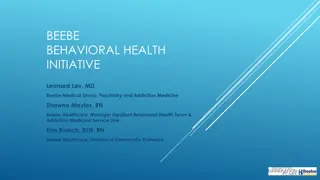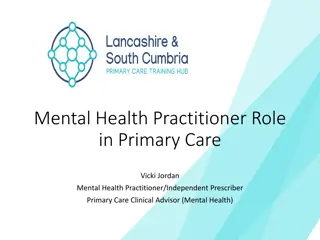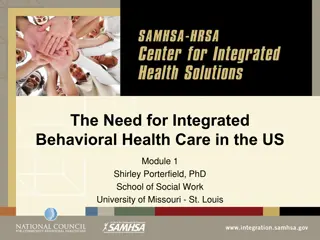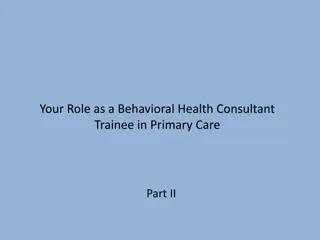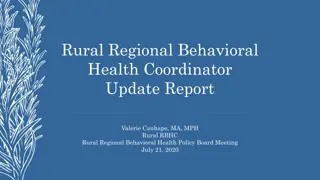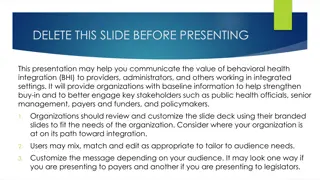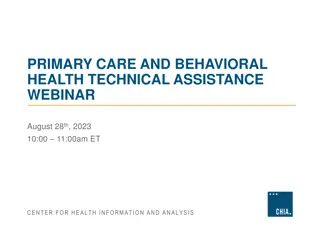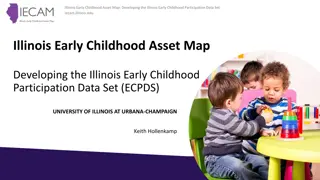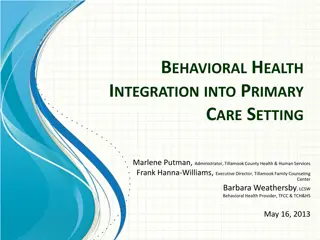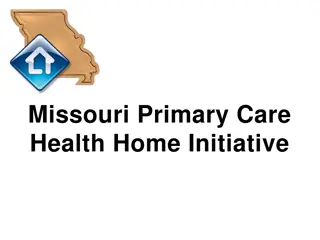Childhood Behavioral Problems in Primary Care
Explore the common behavioral issues in children, learn about assessment methods, and understand the role of a GP in managing these problems. Dive into case studies, history taking, record review, and family involvement to effectively address childhood behavioral concerns.
Download Presentation

Please find below an Image/Link to download the presentation.
The content on the website is provided AS IS for your information and personal use only. It may not be sold, licensed, or shared on other websites without obtaining consent from the author.If you encounter any issues during the download, it is possible that the publisher has removed the file from their server.
You are allowed to download the files provided on this website for personal or commercial use, subject to the condition that they are used lawfully. All files are the property of their respective owners.
The content on the website is provided AS IS for your information and personal use only. It may not be sold, licensed, or shared on other websites without obtaining consent from the author.
E N D
Presentation Transcript
Behavioural Problems in Childhood Dr Simon Acey
Aims To be more familiar with common childhood behavioural problems in primary care
Objectives By the end of the session you will have, Had an opportunity to look at the role of the GP in the management of behavioural problems Reflected on cases seen in primary care Reviewed some of the commoner problems Considered the wider implications of behaviour problems and how they are linked to the community
What do we mean when we talk about behaviour problems? Anything that is out of the normal expectation of the family? Community? Society? Specific disease conditions? Social problems? Poor parenting?
J enny Jenny s mum attends the surgery. Jenny is 8 years old and at school at the moment. Mum has come on her own as she doesn t know what to do about her behaviour
How could you assess Jennys behaviour? Take a history Review her records Try to triangulate findings
History - what do we need to ask about? PC - What is it about Jenny s behaviour that is so challenging? HPC - How long? Triggers? Things that may have helped FH - Who is in the family? Extended family? Any other problems? SH - Housing, friends, drug/alcohol use in the family PMH - Epilepsy, birth history, drug/alcohol use during pregnancy, infections, sensory problems ICE - What are Mum s thoughts, worries, concerns DH - Any medication Allergies SR - Any other health problems? Any indication of other conditions?
Records Often under-used! Role of GP in longitudinal care - knowledge of extended family, other issues that may be relevant, support available Specific areas - immunisations, secondary care appointments, child protection issues, attendance at practice Family s use of healthcare services - organised vs chaotic [multiple DNAs]
Triangulation Mum s history is very important but useful to try to triangulate her thoughts and feelings Who else may be able to give useful information? School Partner Other children Other healthcare workers - health visitor, practice nurse, GP etc. Reception staff Social services Extended family
Jennys behaviour She isn t sleeping She lies awake in bed for hours and seems anxious - she needs a lot of reassurance. This has gone on for 6 months and now Mum spends several hours trying to get her to settle and then is woken during the night as well Jenny s Father works away from home and misses out on a lot of the problems as she seems to behave better when he is at home. He feels that Jenny s Mum is too soft Mum has two older children - one has been diagnosed with autism but neither of them have had problems like this J enny is otherwise fit and well There is nothing out of the usual in her notes She appears to be doing well at school - has several friends and her behaviour isn t causing the teachers any concern
What options do you have? Reassurance Advice on sleep hygiene Advise Mum to contact the school nurse Suggest review of J enny with her Father as well Referral?
J enny - follow up Jenny s Mum was worried that she was a poor mother and somehow to blame for her older child s autism Jenny s improved behaviour when Dad was at home reinforced her concerns about her parenting skills Agreed to give a leaflet on sleep hygiene Following the discussion agreed to review things in 4 weeks and planned if no better would then think about seeing J enny and checking not missing any physical problems At the follow up appointment Mum appeared much happier about things and agreed to simply review if further problems
What guidance is there on behaviour problems in childhood? NICE
Antisocial and conduct disorders in children and young people - NICE quality standard 59 Classified into oppositional defiant disorder [more common in children under 11 years of age] and socialised; unsocialised and conduct disorders confined to the family context [commoner in children over 10 years of age] Conduct disorders become commoner with age and are more frequently seen in boys 3-4 times more common among children from deprived households About 40% of looked after children, those who have been abused and those on child protection registers have been identified as having a conduct disorder
Recommendations from NICE Early identification of children at risk of developing conduct disorders can help with involving them in emotional learning and problem- solving programmes These can increase the child s awareness of their own and others emotions; help teach them self-control of arousal and behaviour and to promote a positive self-concept and good peer relations
Maslows hierarchy of needs Physiological needs - breathing, food, warmth, shelter, clothing and shelter Safety and security - health, employment, property, family and social stability Love and belonging - friendship, family and intimacy Self-esteem - confidence, achievement and respect of others Self-actualisation - morality, creativity, acceptance, spontaneity, experience purpose, meaning and inner potential
What can cause behaviour problems in childhood? Part of normal development [ terrible toddlers , teenagers, puberty ] Unrealistic expectations of family or parents Issues within the family setting - parental disputes, separation and divorce, substance misuse, health problems [both physical and mental], parental involvement with criminal justice system Low socioeconomic status Child safeguarding - emotional, physical, sexual, developmental, psychological School problems - learning difficulties, moving school, low achievement, bullying Specific medical conditions of the child - epilepsy, deafness, cerebral palsy
What specific conditions are there that may present with behaviour problems? ADHD Autistic spectrum disorders Substance misuse Affective disorders Tourette s syndrome Learning disability Epilepsy
ADHD Attention Deficit Hyperactivity Disorder Affects 3-9% of school age children in the UK Prevalence of approximately 2% of adults worldwide Commoner in boys than girls - 3:1
ADHD links Some evidence that ADHD may be linked with, Personality disorders Emotional difficulties Substance misuse Crime Unemployment
Brainstorm What features would suggest a diagnosis of ADHD?
ADHD Diagnosis Should be, Made by secondary care Associated with at least moderate psychosocial, social or educational impairment Persisting in at least two important settings [ie. home and education] Present from before the age of 7 years old
Classification of symptoms Split into inattention problems and hyperactivity/impulsivity issues
DSM criteria - inattention symptoms Should have at least six of the following symptoms for at least six months, Often does not give close attention to details Often has trouble keeping attention on tasks Often does not seem to listen when spoken to directly Often does not follow instructions and fails to finish schoolwork/chores Often has trouble organising activities Often avoids or dislikes doing things that take a lot of mental effort [such as schoolwork] Often loses things Is often easily distracted Often forgetful in daily activities
DSM criteria - hyperactivity/impulsivity More than six of the following symptoms for over six months, Often fidgets or squirms in seat Often gets up from seat when remaining in seat is expected Often runs about or climbs when it is not appropriate Often has trouble playing quietly Is often on the go Often talks excessively Often blurts out the answer before the question is finished Often has trouble waiting one s turn Often interrupts or intrudes on others
Role of GP Identify suspected cases - potential diagnosis often raised by parent/carer Appropriate history - have symptoms lasted more than 6 months?, was onset before 7 years of age?, are symptoms present in 2 or more settings?, are there any underlying problems such as deafness/epilepsy/sleep disturbance? Support the family Refer appropriately Prescribe and monitor medication under shared care agreements
Responsibility of specialist Full mental health and social assessment Full history and physical examination including assessment of exercise syncope, dyspnoea and other cardiovascular symptoms Family history of heart disease Risk assessment for substance misuse and drug diversion Heart rate and blood pressure Height and weight plotted on centile chart Consider ECG Make diagnosis!
Medication Psychostimulants Can only be initiated in secondary care Dose needs gradual titration up - once stable for 3 months then prescribing can be transferred to GP via shared care agreement
Types of medication Methylphenidate [ritalin, equasym, concerta, medikinet] Atomoxetine [Dexamfetamine, bupropion, clonidine, imipramine - been used but unlicensed] Decisions which drug to use should take into account co- morbidities such as tics, Tourette s and epilepsy Other considerations include risk of drug diversion, side effects of the drug, preference of the child and their family and concordance issues [single day dosage if possible]
Methylphenidate Short acting [ritalin] and modified release preparations [equasym, concerts, medikinet] Most commonly prescribed drug in ADHD Approximately 70% of people with ADHD respond to methylphenidate
Side effects of methylphenidate Approximately 10% of people develop sleeplessness and agitation Slowed growth [consider coming off medication during school holidays] Reduced appetite Problems of tendency to over-medicate by parents to try to control child s behaviour Psychosis, seizures, tics and anxiety Cardiovascular - arrhythmias, hypertension, heart failure
Atomoxetine Tends to be used as a second line agent where methylphenidate ineffective or inappropriate Side effects include cardiovascular problems [hypertension, lengthening of QT interval, tachycardia], psychosis and aggression
Monitoring Height and weight every 6 months Blood pressure and pulse every 3 months Look out for weight loss and falling BMI Consider plotting against centile charts
Other considerations Dietary involvement - if obvious triggers consider referral to dietitian CBT Family training Social skills training
Audit - How well does Havelock Grange Practice Monitor the Medication of People Treated for ADHD? Looked at shared care prescribing NICE guidance on recommended monitoring Havelock Grange is a large practice with 12769 patients - based in a deprived, largely urban setting
Standards - based on NICE 90% of people prescribed medication for ADHD by the practice should have a shared care agreement in place 90% of people prescribed medication for ADHD by the practice should have a record of their height, weight, blood pressure and pulse recorded in the last 6 months
Results 37 people were identified with ADHD [0.29% of the practice population] 31 were male; 6 female [a ratio of more than 5:1] The age range of individuals was 7-29 [13 were 18 years of age or older] 14 were on no medication for their ADHD [9 of the over 17 year olds and 5 under 18] 14 [of the 23 people on medication] were prescribed their medication by the practice - 60.9%
Did we meet the standards? 11 people [out of the 14 prescribed medication by the practice] had a shared care agreement in place - 78.6% 4 people had the correct monitoring recorded - 36.4%
Discussion Monitoring and recording of parameters was poor - mixture of not being highlighted from letters and then not appearing to be entered correctly on the notes Possibility that even if the measurements are recorded their significance isn t considered - not plotted on centile charts We rely on using letters to update the records - maybe we should invite patients to attend one of the HCAs for the measurements Need check our use of shared care agreements Other areas to consider in future include efficacy of treatment and if there are any signs suggestive of drug diversion
Robert Robert, who is 12 years old, attends with his non-identical twin brother, his younger sister, his Mum and Step-father His behaviour is appalling and something needs to be done He is getting involved in fights at school and trouble with the teachers. His behaviour is little better at home. He is out of control . The problems have been especially marked over the last year. Step-father is really angry with what Robert is putting his mother through and repeats this several times during the consultation
What issues are there to discuss? Have the symptoms been present since before the age of 7? Are they present in more than one setting? Have the symptoms been going on for more than 6 months? Is there any triangulation of what is going on? Are there symptoms of inattention? Hyperactivity? What are the family dynamics?
What options are there? Talk to Robert on his own - how does he feel about himself? What does he feel is the problem? Seek to triangulate the history - information from the school, records, any other background information you may be aware of Examination? Further investigations? - bloods, vision, hearing Referral - school nurse, CAMHS
Outcome Robert appeared to be fit and well - on the 90th centile for both height and weight Within the consultation Robert and his siblings started to misbehave - in a co-operative manner rather than the bullying that the step- father had alleged There was a lot of pressure to refer to CAMHs as something must be done I agreed to refer to CAMHs to buy time for the family - help to defuse situation and also validate their concerns CAMHs assessed Robert and felt there were no signs of ADHD - the family were referred for family therapy/parenting skills
Autism spectrum The term autism describes qualitative differences and impairments in reciprocal social interaction and social communication, combined with restricted interests and rigid and repetitive behaviours, often with lifelong impact. In addition to these features, children and young people with autism frequently experience a range of cognitive, learning, language, medical, emotional and behavioural problems. NICE clinical guideline 170
Common features of autism A need for routine Difficulty in understanding other people including their intentions, feelings and perspectives Sleeping and eating disturbances Mental health problems such as anxiety, depression, problems with attention, self-injurious behaviour and other challenging, sometimes aggressive behaviour A variable picture because of differences in severity of the autism, the presence of co-existing conditions and levels of cognitive ability IQ may be profoundly reduced, average or above average
Other terms Pervasive developmental disorder [encompasses autism, Asperger s syndrome and atypical autism] Asperger s syndrome is a form of high functioning autism with relative sparing of cognitive and linguistic skills
Prevalence At least 1% in children and young people Commoner in boys 70% of people with autism meet the diagnostic criteria for at least one other psychiatric disorder [eg ADHD, anxiety disorders] 50% of people with autism have intellectual disability [an IQ below 70]
GP role To help to identify children who may have autism and refer appropriately Help to support the child and identify compounding problems that may need specific interventions Support the family and signpost services that may be helpful
